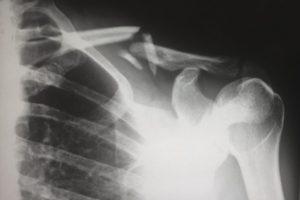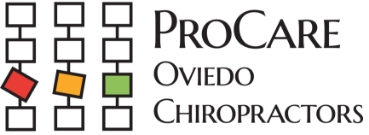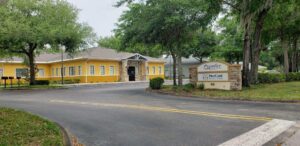When you last stopped by, you read about a few shoulder injuries. This week, we are sharing more on the topic because ProCare Health & Rehab Centers is one of the best places in Central Florida for physical rehabilitation. The experienced medical professionals will guide patients like you along the healing journey safely.
Shoulder dislocations:
 Last week, we shared valuable information on scapula fractures and shoulder separations. Today, we think we should share about shoulder dislocations as many Americans suffer from this. Not only can a person endure the pain of a shoulder dislocation during a car accident, but they may also have future dislocations.
Last week, we shared valuable information on scapula fractures and shoulder separations. Today, we think we should share about shoulder dislocations as many Americans suffer from this. Not only can a person endure the pain of a shoulder dislocation during a car accident, but they may also have future dislocations.
In review, your shoulder joint is made of three bones. You have a collar bone, an upper arm bone, and a shoulder blade. Clearly, we have one on each side of our body, so you have two of every one of these bones.
Shoulder dislocations can happen to anyone in a car accident, but especially to those that did not wear the seat belt properly. Although you may have had a shoulder dislocation, it was most likely put back into place rather quickly. If it was not yet put into place, be sure to be seen by a medical professional that can do this immediately.
How the shoulder put back into place:
This is usually done by a paramedic or in the emergency room. Urgent clinics may also perform this, depending on the location. The initial treatment of a shoulder dislocation involves reducing the dislocate.
You may hear this in other words such as “the shoulder must be put back in the socket.” A patient may be given pain medication to make the process easier through an intravenous line, or an IV. Mild sedation and pain medicine should be discussed with the patient first.
 The doctor might talk the patient through the process if it is the first dislocation. The physician should confirm the reduction on an X-ray. This is especially necessary for future physical therapy or injury.
The doctor might talk the patient through the process if it is the first dislocation. The physician should confirm the reduction on an X-ray. This is especially necessary for future physical therapy or injury.
Having this on file is necessary before moving on with regular activity. But before regular activity carries out, the patient will most likely be advised to wear a sling or special brace. At a later date, additional treatment may be recommended.
These recommendations depends on the patient’s age and medial history. If there is evidence of a persistent problem, then there is probably underlying soft-tissue damage associated with the initial shoulder dislocation injury. Just so we are all in the loop, when we say a persist problem we mean the shoulder keeps going out of place.
Life after reduction:
The soft-tissue damage may be in the rotator cuff or the capsulolabral complex. Usually for patients under twenty-five years old, surgery in required. After shoulder surgery, life must go on.
This may look very different from one patient to the next. For weeks or even months, life must be greatly affected. This may be even more true if you have small children, a physically demanding job, or a job which requires speedy typing.
If the injury was not too severe, there is a fair shot at a rapid improvement, but we never want to get a patient’s hopes up. Instead, call our doctors today for an evaluation with your surgeon’s approval post-op. Our office if experienced in communicating with other medical professionals to give detailed, well-rounded care to our patients. Although the world may seem turned around right now, we are still available to new and existing patients.
Contact our Oviedo physical rehabilitation center today for a bright future!
Staff Writer



